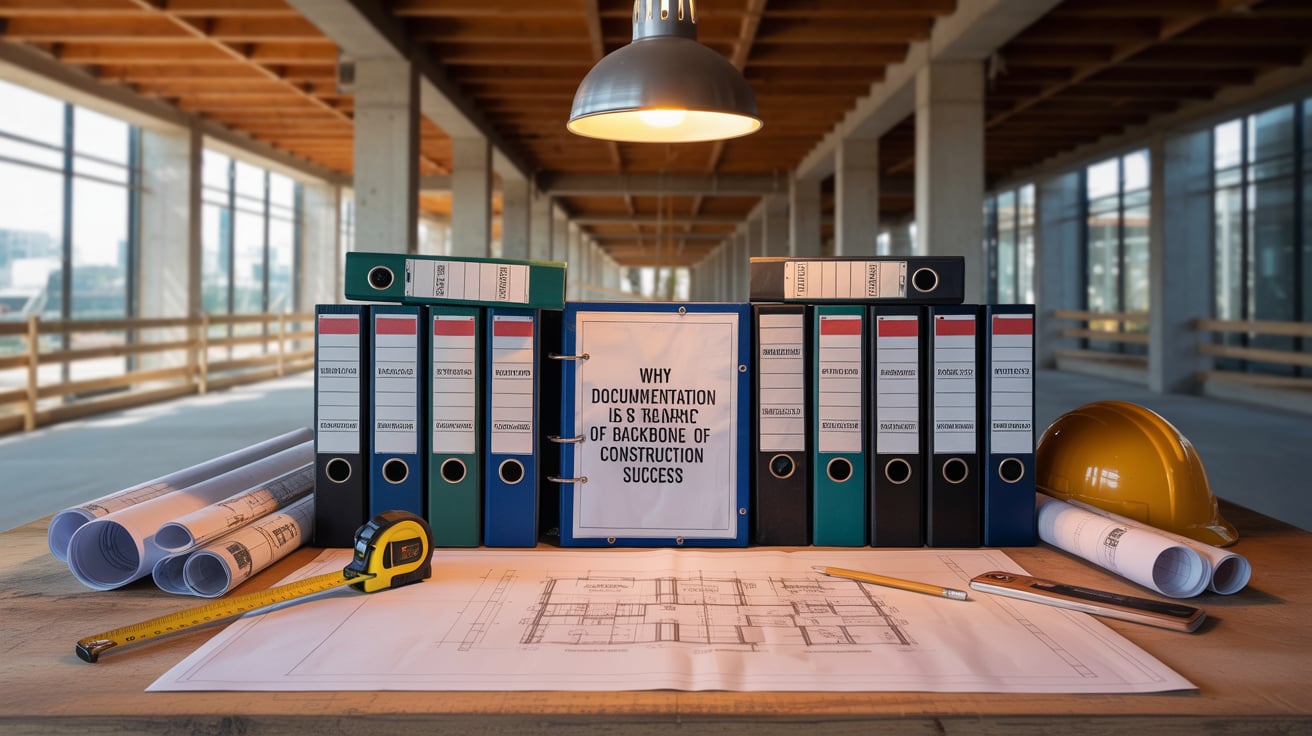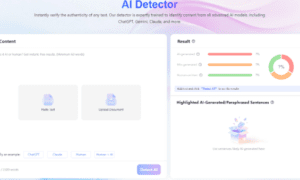Construction projects are complex orchestrations of multiple trades, materials, timelines, and stakeholders. Without proper documentation, even the most skilled teams can find themselves navigating chaos instead of executing a clear plan. Documentation serves as the foundation that keeps projects on track, budgets controlled, and all parties aligned toward successful completion.
Proper documentation becomes particularly crucial when managing change orders in construction, where scope modifications, cost adjustments, and timeline changes must be meticulously tracked and communicated. Every decision, modification, and approval needs a clear paper trail to prevent disputes and ensure project continuity.
The critical role of documentation in project management
Documentation functions as the central nervous system of construction projects, connecting all stakeholders through shared information and clear communication channels. It provides the framework for accountability, progress tracking, and quality control throughout the project lifecycle.
Creating a single source of truth
Effective documentation establishes a centralized repository where all project information resides. This includes:
- Original contract specifications and drawings
- Approved change orders and modifications
- Daily progress reports and field observations
- Material delivery schedules and quality certifications
- Communication logs between stakeholders
When everyone works from the same documented information, miscommunications decrease significantly, and project efficiency improves.
Establishing clear accountability
Documentation creates transparent accountability by recording who made decisions when they were made, and what approvals were obtained. This level of detail proves invaluable when:
- Resolving disputes about scope changes
- Tracking responsibility for delays or quality issues
- Demonstrating compliance with regulatory requirements
- Supporting claims or defending against disputes
Essential documentation types for construction success
Project planning documents
Comprehensive project planning documentation sets the foundation for successful execution. These documents include:
Master schedules that outline critical milestones, dependencies, and resource allocation across all project phases. These schedules serve as the baseline for measuring progress and identifying potential delays.
Scope of work documents that clearly define what work will be performed, by whom, and to what standards. Detailed scope documentation prevents scope creep and provides clear boundaries for all parties.
Budget breakdowns that itemize costs for materials, labor, equipment, and contingencies. Detailed budget documentation supports accurate cost tracking and financial decision-making.
Progress tracking documentation
Regular progress documentation enables proactive project management and early identification of issues:
Daily reports capture field conditions, work completed, labor hours, material usage, and any obstacles encountered. These reports provide the granular data needed for accurate project tracking.
Weekly progress updates summarize accomplishments, upcoming milestones, and any adjustments needed to maintain schedule adherence.
Milestone completion certificates document the achievement of critical project phases and provide approval for subsequent work phases.
Quality control documentation
Quality documentation ensures work meets specifications and regulatory requirements:
Material certifications verify that all materials meet specified standards and have been properly tested and approved.
Inspection reports document compliance with building codes, safety requirements, and project specifications at each phase of construction.
Testing results provide evidence that structural, mechanical, and other systems perform as designed and meet all safety requirements.
How documentation prevents costly delays and disputes
Reducing rework through clear communication
Detailed documentation eliminates ambiguity that often leads to rework. When specifications, drawings, and requirements are clearly documented and regularly updated, teams can execute work correctly the first time.
Supporting timely decision-making
Well-organized documentation enables faster decision-making by providing all necessary information in accessible formats. Project managers can quickly reference past decisions, current status, and future requirements without time-consuming searches for information.
Protecting against legal disputes
Comprehensive documentation provides the evidence needed to resolve disputes quickly and fairly. When disagreements arise about scope, costs, or timelines, documented evidence can clarify the facts and support resolution.
Best practices for construction documentation
Standardize documentation processes
Establish consistent formats, naming conventions, and approval workflows for all project documentation. Standardization reduces errors and ensures all team members can easily access and understand documented information.
Implement real-time updates
Documentation should be updated in real-time as project conditions change. Delayed documentation updates can lead to decisions based on outdated information, potentially causing costly mistakes.
Ensure accessibility
All stakeholders should have appropriate access to relevant documentation. Cloud-based systems enable real-time sharing and collaboration while maintaining security and version control.
Regular documentation reviews
Schedule regular reviews of documentation completeness and accuracy. These reviews help identify gaps or inconsistencies before they impact project execution.
Technology solutions for enhanced documentation
Digital documentation platforms
Modern construction projects benefit from digital documentation platforms that centralize information storage, automate workflows, and provide real-time collaboration capabilities.
Integration with project management systems
Documentation systems should integrate seamlessly with scheduling software, budgeting tools, and communication platforms to create a unified project management environment.
Automated reporting features
Technology can automate routine documentation tasks, such as progress reports and compliance tracking, freeing project managers to focus on strategic decision-making.
Building a culture of documentation excellence
Training and accountability
Successful documentation requires team-wide commitment. Provide training on documentation standards and hold all team members accountable for maintaining accurate, timely records.
Continuous improvement
Regularly evaluate documentation processes and tools to identify opportunities for improvement. Successful projects often result from incremental improvements to documentation practices over time.
Conclusion
Documentation excellence distinguishes successful construction projects from those plagued by delays, cost overruns, and disputes. By establishing clear processes, utilizing appropriate technology, and maintaining consistent standards, construction teams can transform documentation from a necessary burden into a strategic advantage.
The investment in proper documentation pays dividends throughout the project lifecycle, from initial planning through final closeout. Teams that prioritize documentation excellence create the foundation for repeatable success and sustainable growth in an increasingly competitive industry.

































